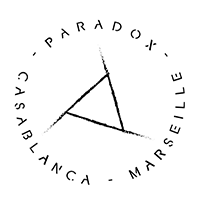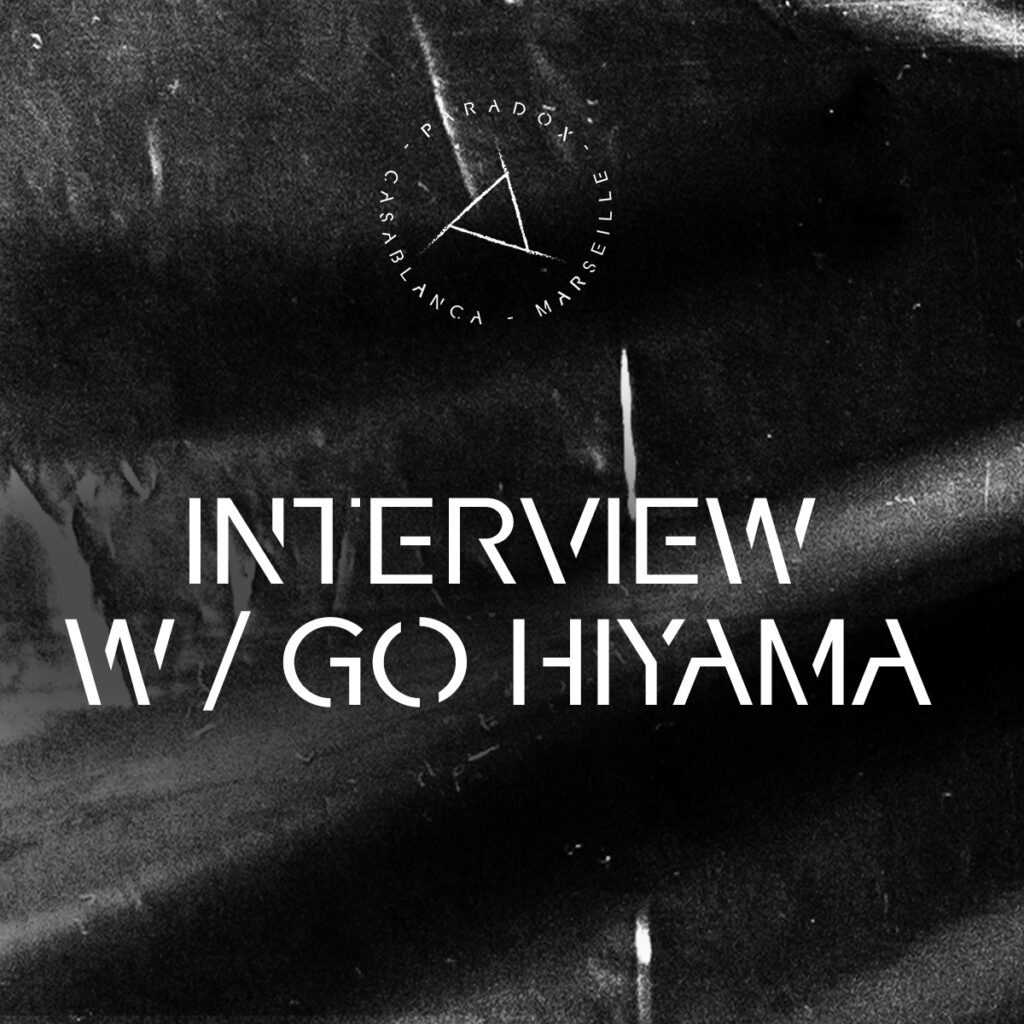Japanese sonic architect Go Hiyama answered our paradoxical questions in this interesting interview. He talks about what pieces of music have shaped his sound, the Hue helix project, and how he feels the evolution of the Techno movement.
- Hi Go, we are very pleased to host you in our project as we consider your work as one of the most brilliant one in the techno scene lately.
ARIGATOU
- What is your musical background on both electronics and non electronics?
My 1st musical background on electronic music was Kraftwerk and YMO, as I was recommended. Those 2 bands were the classics for me at that time, and I started to get into the world’s newest music of that moment, Artificial Intelligence Series of Warp Records.
About my non electronic music background, it would be YMO, which might sound strange. It’s because the real 1st non electronic music around myself was so-called Japanese Pop Music but I was just enjoying listening to it. Hence, it’s not like my music background or anything. Some of the songs by YMO consist of non electronic sound, that influenced me a lot. After that, I started to dig solo works of Ryuichi Sakamoto and Happy-End, where Haruomi Hosono used to belong to, and the experience still goes on along with electronic music.
- Your first EP was released on Coda, which is Blueprint sublabel, run by the UK techno icon James Ruskin. It still sounds pretty fresh for a production released almost 14 years ago… Don’t you think techno is looking for its roots at the moment?
Yes, I agree. I think it’s 3 Dimensional. If you put your eye on top, it seems it turns round and round. However, if you look at it from the inside, it actually looks like a helix, which takes a step upward to a higher layer, and the radius of the circle gets longer little by little.
- You seem pretty much inspired by breaky techno sound with almost a Birmingham touch. Is this particular style what you get to techno from?
I really like Birmingham Techno, but I don’t think it’s the roots of my Techno experience. I simply love composition of breakbeat rhythms. There’s no rule that says kickdrum must be located at every 4 notes or bars, but combination of kickdrums and snaredrums creates various rhythm expressions. Artificial Intelligence Series probably influenced me a lot on this impression.
- You are one of the founders of Huehelix, a very prolific and edgy techno label. How did this story begin?
I just wanted to have a mothership where I can release my work. I thought about who else could share the same situation, then, Ryuji Takeuchi, Tomohiko Sagae and Kazuya Kawakami came up in my mind. I was pretty sure that things would get pretty interesting if we work together, because we share similar values but look at different directions. We can find something completely new in music. Then, I have contacted them and here we are!
- The first artist who released a vinyl on Huehelix is Spanish legend Oscar Mulero. Is this guy the closest European artist to Huehelix universe?
I don’t want it to be a label for only Japanese artists, and it didn’t need to be. Then, I wanted to open to the European Techno so we decided to work with him, as he was the favorite for all of us.
- Many of the big techno names think that the Japanese crowd have the craziest vibe on a dancefloor, do you share this statement?
Yes, I agree.
- From outsiders view, Japanese culture looks pretty much related with spirituality. Does techno culture have any spiritual meaning in Japan?
Not sure if I can just say ‘Yes’ but I guess it has something to do with Japanese culture and nature.
- You’ve played at Berlin techno temple Berghain. What did you think about this experience?
Of course it was a great experience. Berghain had a totally new feeling, as a club which connects performer and crowd just like an interface. Just like a unique circuit, with wirings and connectors.
- What are your connexions with the French Techno scene ?
Unfortunately, I’ve never played in France.
- The mix you did for our project is without a doubt one of the most interesting when it comes the track selection. How did you build this piece?
I wanted to express myself here with more freedom. Freedom here has a lot of meanings but the main one is that a mix doesn’t have to include only danceable tracks.
Studio recording is not the same as live recording at clubs. Doing a podcast makes me reach this freedom. It’s more like facing with myself, picking and mixing tracks. That led me to the expressions that I wanted to get to. It seems to me that it contains a lot of the influences that I’ve spoken about previously.
- What kind of non-electronic music do you listen to usually?
My recent favorite music is Funk and Soul.

